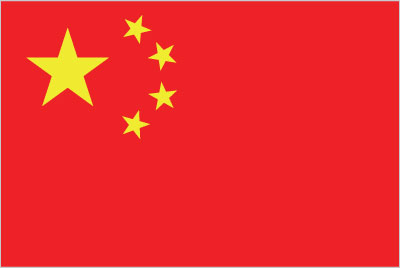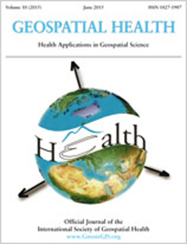Impact of climate change on dengue fever: a bibliometric analysis

All claims expressed in this article are solely those of the authors and do not necessarily represent those of their affiliated organizations, or those of the publisher, the editors and the reviewers. Any product that may be evaluated in this article or claim that may be made by its manufacturer is not guaranteed or endorsed by the publisher.
Authors
Dengue is the most widespread and fastest-growing vectorborne disease worldwide. We employed bibliometric analysis to provide an overview of research on the impact of climate change on dengue fever focusing on both global and Southeast Asian regions. Using the Web of Science Core Collection (WoSCC) database, we reviewed studies on the impact of climate change on dengue fever between 1974 and 2022 taking into account study locations and international collaboration. The VOS viewer software (https://www.vosviewer.com/) and the Bibliometrix R package (https://www.bibliometrix.org/) were used to visualise country networks and keywords. We collected 2,055 relevant articles published globally between 1974 and 2022 on the impact of climate change on dengue fever, 449 of which published in Southeast Asia. Peaking in 2021, the overall number of publications showed a strong increase in the period 2000-2022. The United States had the highest number of publications (n=558) followed by China (261) and Brazil (228). Among the Southeast Asian countries, Thailand had most publications (n=123). Global and Southeast Asian concerns about the impact of climate change on dengue fever are essentially the same. They all emphasise the relationship between temperature and other climatic conditions on the one hand and the transmission of Aedes aegypti on the other. A significant positive correlation exists between the number of national publications and socioeconomic index and between international collaboration and scientific productivity in the field. Our study demonstrates the current state of research on the impact of climate change on dengue and provides a comparative analysis of the Southeast Asian region. Publication output in Southeast Asia lags behind that of major countries worldwide, and various strategies should be implemented to improve international collaboration, such as increasing the number of international collaborative projects and providing academic resources and research platforms for researchers.
How to Cite

This work is licensed under a Creative Commons Attribution-NonCommercial 4.0 International License.
PAGEPress has chosen to apply the Creative Commons Attribution NonCommercial 4.0 International License (CC BY-NC 4.0) to all manuscripts to be published.










